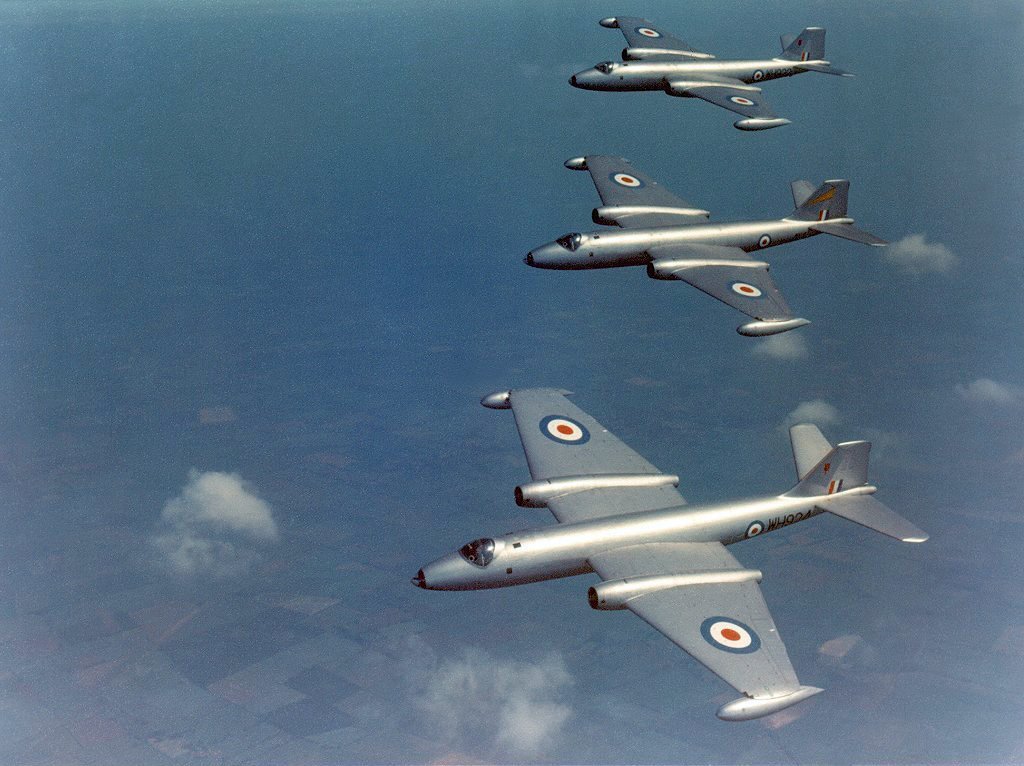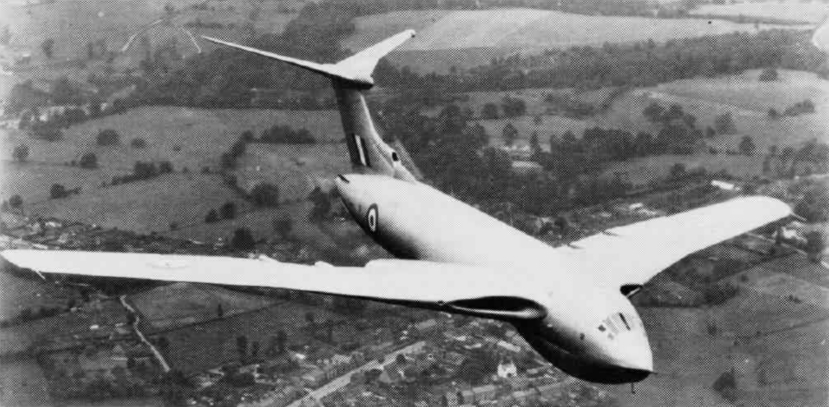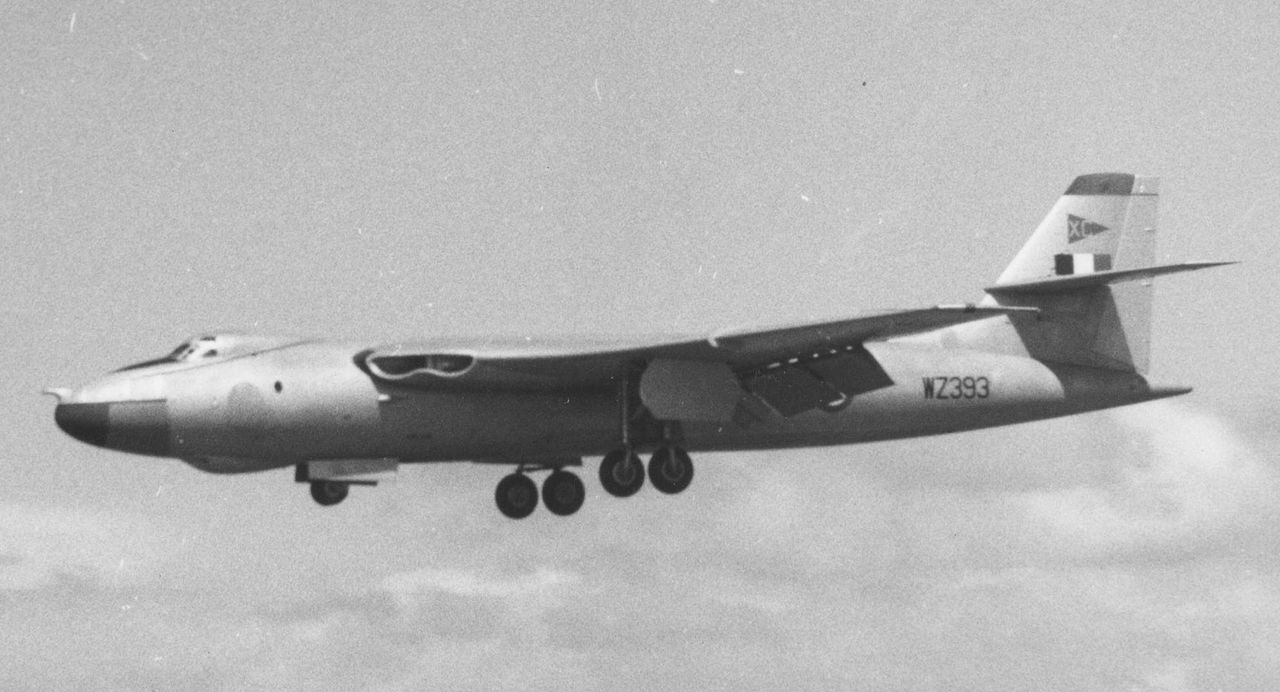“Washington” was the Royal Air Force (RAF) designation for the famous Boeing B-29, one example of which, the Enola Gay, dropped the first atomic bomb on Hiroshima.
“Washington” was the Royal Air Force (RAF) designation for the famous Boeing B-29, one example of which, the Enola Gay, dropped the first atomic bomb on Hiroshima. No B-29s were built for the RAF. All that were received (87 in total) were built for US Army Air Forces (USAAF) use many had seen active service before being transferred to the RAF in the early 1950s.
A sufficient number of Superfortresses were loaned to the RAF by American post-war military assistance programs, and the last bombers were turned in at the beginning of 1954.
Washington was employed as an electronic signals intelligence (ELINT) aircraft while it was in service with the RAF. The RAF No. 192 Squadron did employ three Washingtons modified for ELINT tasks and a conventional bomber variant serving as “support aircraft.” After de Havilland Comet aircraft took their place, they were decommissioned in 1958.
In 1952, two British Washington planes were given to the Royal Australian Air Force (RAAF). They participated in tests carried out by the British Ministry of Supply and were attached to the Aircraft Research and Development Unit. In 1956, both aircraft were placed in storage, and in 1957, they were sold for scrap.
The B-29 was only intended to be a temporary solution while the RAF finished developing the English Electric Canberra bomber, hence the RAF was never too impressed by it. The Canberra deliveries were what caused the phase-out of Washington.

‘The English Electric Canberra was the first jet bomber in the RAF. So impressive the USAF ended up buying them themselves,’ Alex Patrick, an aviation expert, says on Quora.
‘The B-29 wasn’t as impressive as it was upon introduction and indeed wasn’t bought by the RAF to be a long-lasting investment.
‘As well as the Canberra, the RAF would soon complete the development of the V-bombers. Truly some of the most impressive and iconic planes ever put into use.

‘Handley Page Victor, first flight in 1952.

‘Avro Vulcan, first flight, 1952.

‘Vickers Valiant, first flight in 1951.’
Finally, Patrick says;
‘The RAF needed a quick stopgap, not a long-serving plane, and for that purpose, the B-29 was fine for the job. The 1950s saw the British Aviation industry leading the world, and the above planes show that the B-29, whilst an impressive plane, wasn’t as top tier anymore as the jet age was well and truly underway.’
Photo by Crown Copyright, Avro, U.S. Navy, RuthAS via Wikipedia

